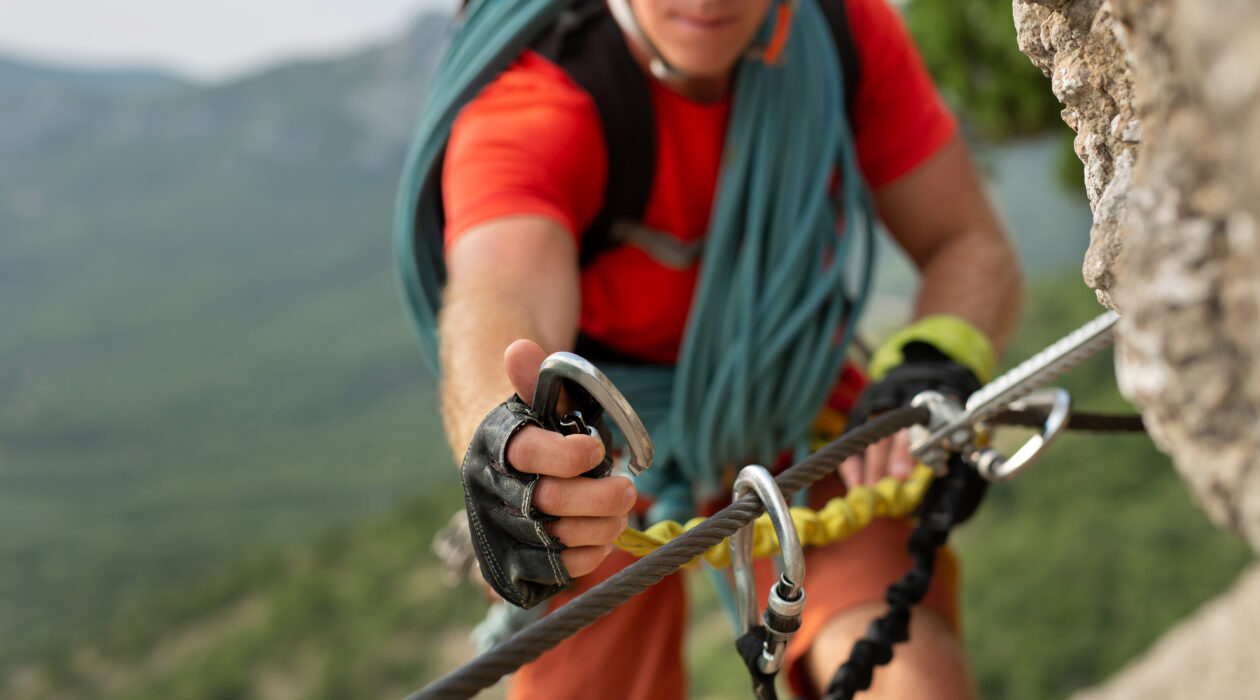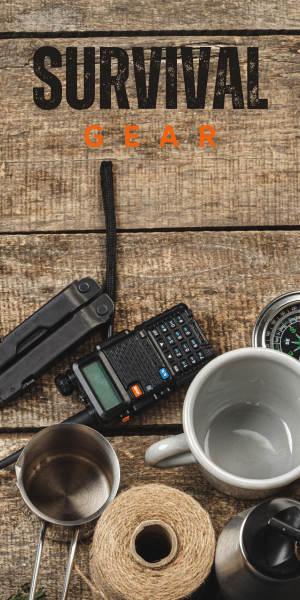Carabiners, the versatile metal loops with a spring-loaded gate, are indispensable in various activities, from rock climbing to industrial use. Originating as a simple tool for attaching items, they have evolved into sophisticated safety devices, integral in ensuring security and efficiency in high-risk environments. This guide delves into the diverse world of carabiners, exploring their types, uses, and essential considerations for selection.
Understanding Carabiners

Understanding carabiners involves recognizing their critical role as connectors in safety-critical systems. These metal loops, equipped with a spring-loaded gate, originated from the German term ‘Karabinerhaken’, meaning ‘carbine rifle hook’. Initially used by soldiers, carabiners have evolved into essential tools in various fields, including climbing, caving, and industrial work. Available in different shapes and with various locking mechanisms, carabiners are made from steel or aluminum, each type tailored to specific activities and load-bearing requirements, reflecting their versatility and importance in safety applications.
Uses of Carabiners
Carabiners are incredibly versatile tools, extensively used in a multitude of activities that involve rope work and securing equipment. In the realm of outdoor sports, they are indispensable in climbing, caving, and sailing, serving as critical connectors for safety harnesses, ropes, and anchors.
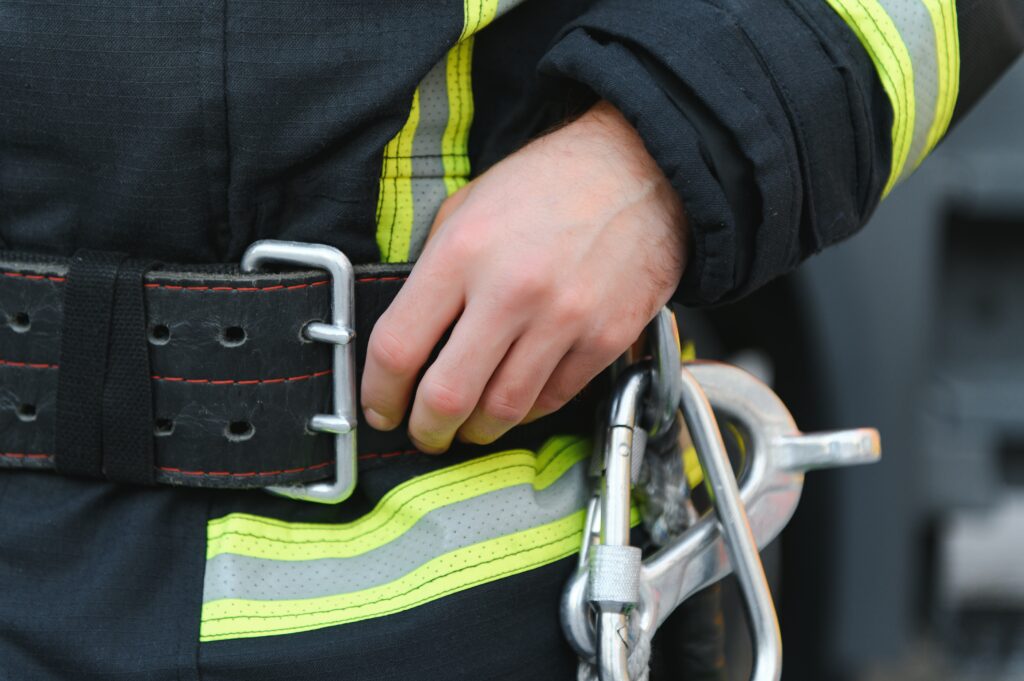
In more specialized applications, carabiners are crucial in hot-air ballooning, rope rescue operations, and arboriculture. Their utility extends to construction and industrial rope work, where they provide reliable fastening solutions. Additionally, carabiners have found everyday uses, such as keyring holders, illustrating their adaptability beyond professional settings. Their design, balancing strength and functionality, makes them essential in both recreational and professional environments.
Types of Carabiners
Carabiners, essential in various safety and utility applications, come in several distinct types, each designed for specific purposes:
Oval Carabiners:
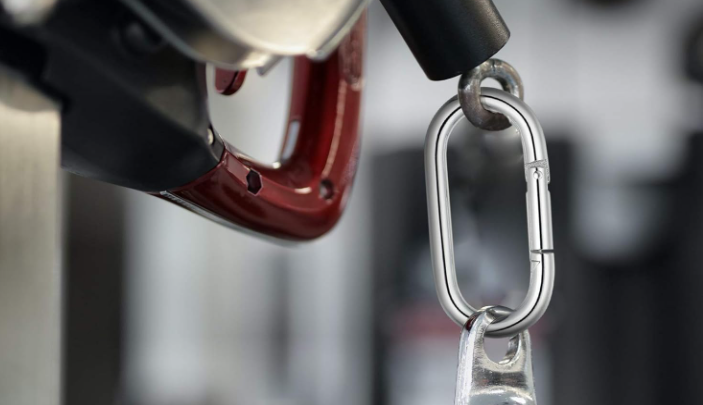
These are the most basic and utilitarian, featuring symmetric shapes. Their smooth curves are gentle on equipment and facilitate easy repositioning of loads. However, they distribute the load equally on both the spine and the weaker gated axis.
D-Shaped Carabiners:
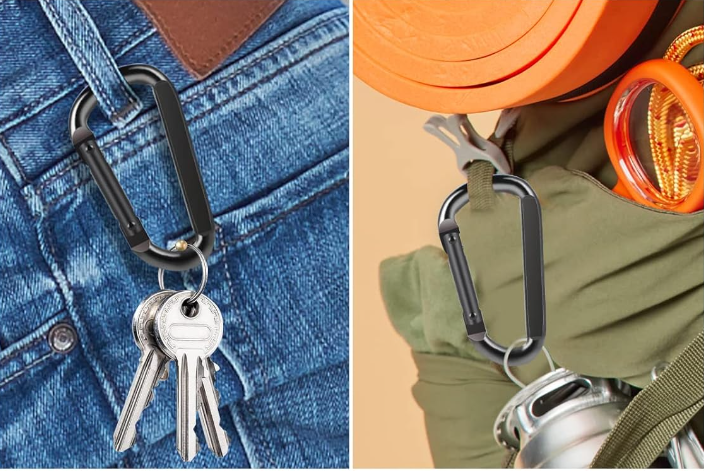
These are asymmetric, designed to transfer the majority of the load onto the spine, which is the carabiner’s strongest axis. This design maximizes strength and efficiency.
Offset-D Carabiners:
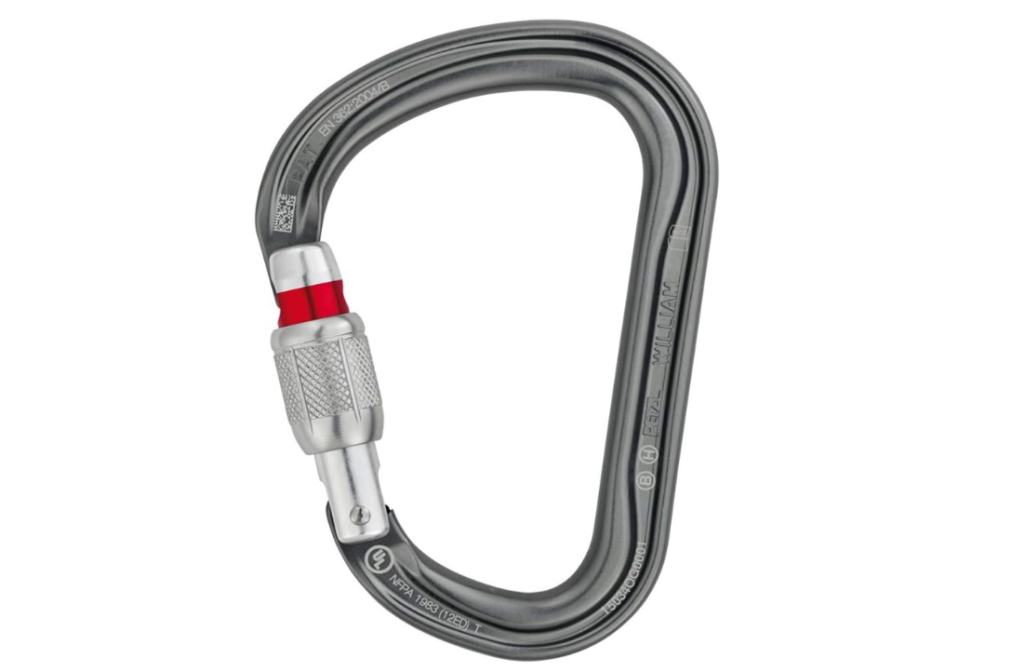
A variant of the D-shape, these have greater asymmetry, allowing for a wider gate opening. They combine the benefits of D-shaped carabiners with easier clipping and handling.
Pear/HMS Carabiners:
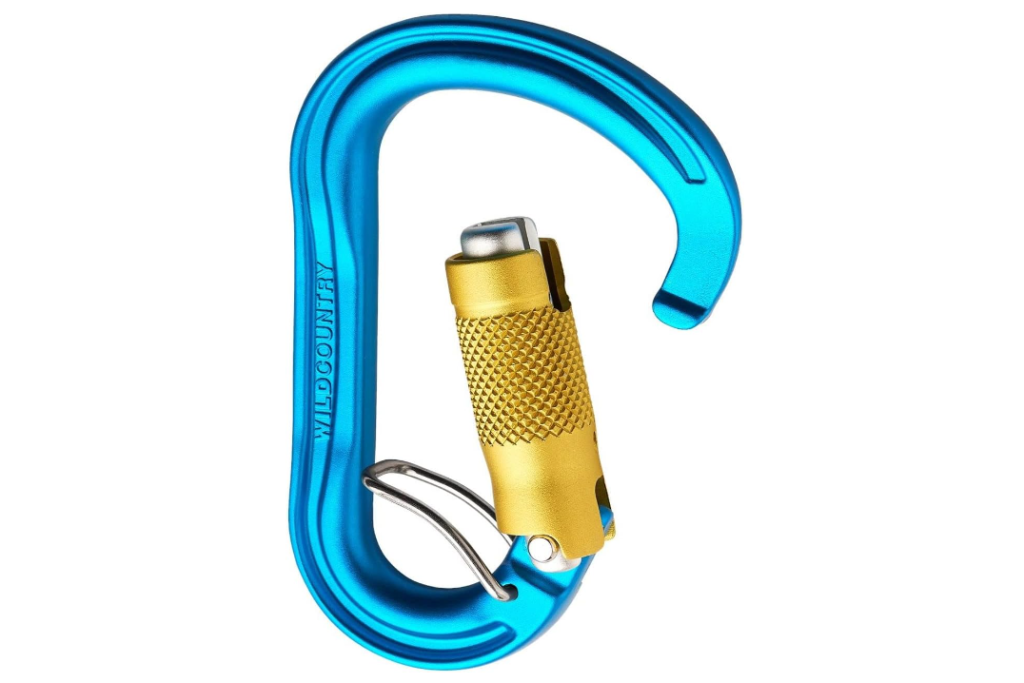
These are wider and rounder, typically larger, and used for belaying with certain devices and rappelling. Their shape is conducive to managing multiple ropes or slings.
Locking Mechanisms
Carabiners feature various locking mechanisms, each designed to enhance safety by preventing the accidental opening of the gate:
- Non-Locking Carabiners: These have a spring-loaded swinging gate that snaps shut automatically but doesn’t lock. They are quick and easy to use, ideal for situations where speed is essential, like during climbing quickdraws.
- Screw-Lock Carabiners: These manual locking carabiners have a sleeve over the gate that must be screwed down to lock. They offer a balance of security and ease of use, with fewer moving parts and less susceptibility to contamination.
- Twist-Lock Carabiners: These auto-locking carabiners require a twist and then a push or pull to open. They automatically return to the locked position when released, offering quick operation with added security.
- Magnetic Locking Carabiners: Utilizing magnets in the locking mechanism, these carabiners are easy to operate with one hand. They lock automatically and are ideal for situations where quick, secure locking is necessary.
- Double-Gate Carabiners: These feature two gates that open in opposite directions, providing an extra level of security. They are particularly useful in complex rigging situations.
Certification Standards
Certification standards for carabiners are crucial as they ensure the safety and reliability of these devices in various applications. In the realm of climbing and mountaineering, carabiners must adhere to stringent standards that dictate their strength, durability, and functionality.
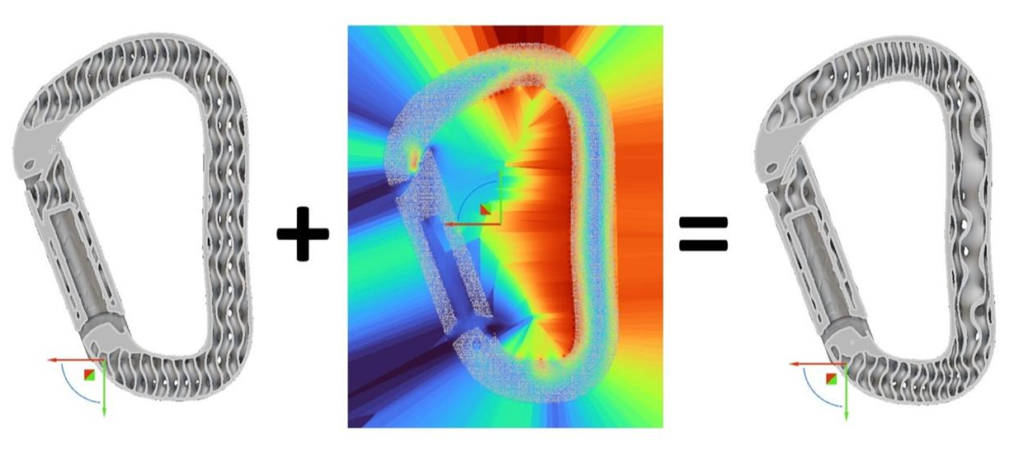
In Europe :
Climbing carabiners are regulated by the EN 12275:1998 standard, which outlines specific requirements for testing protocols, rated strengths, and markings. This standard mandates a minimum breaking strength of 20 kN (approximately 2040 kilograms of force) with the gate closed and 7 kN with the gate open, catering to most climbing applications. Carabiners used in commercial and industrial environments within Europe must comply with EN 362:2004, which sets similar strength requirements.
In the United States :
the ASTM Standard F1774 governs climbing and mountaineering carabiners, requiring a minimum breaking strength (MBS) of 20kN on the long axis and 7kN on the short axis. For rescue operations, carabiners are addressed under ASTM F1956, which categorizes them into light use and heavy-duty, each with specific MBS requirements.
Additionally, carabiners used for fire rescue and fall protection in the US must meet the standards set out in the National Fire Protection Association standard 1983-2012 edition and the Occupational Safety and Health Administration standard 1910.66 App C, respectively.
These certification standards are vital in ensuring that carabiners used in safety-critical systems are reliable and capable of withstanding the forces they are subjected to in various environments. They provide a benchmark for quality and safety, ensuring that carabiners perform as expected in critical situations.
Selecting the Right Carabiner
When choosing a carabiner, consider the activity and the specific requirements, such as weight, strength, and locking mechanism. For climbing, lightweight and strong aluminum carabiners are preferred, while steel carabiners are chosen for their durability in industrial settings.
Stainless Steel Spring Snap Hook Carabiner :
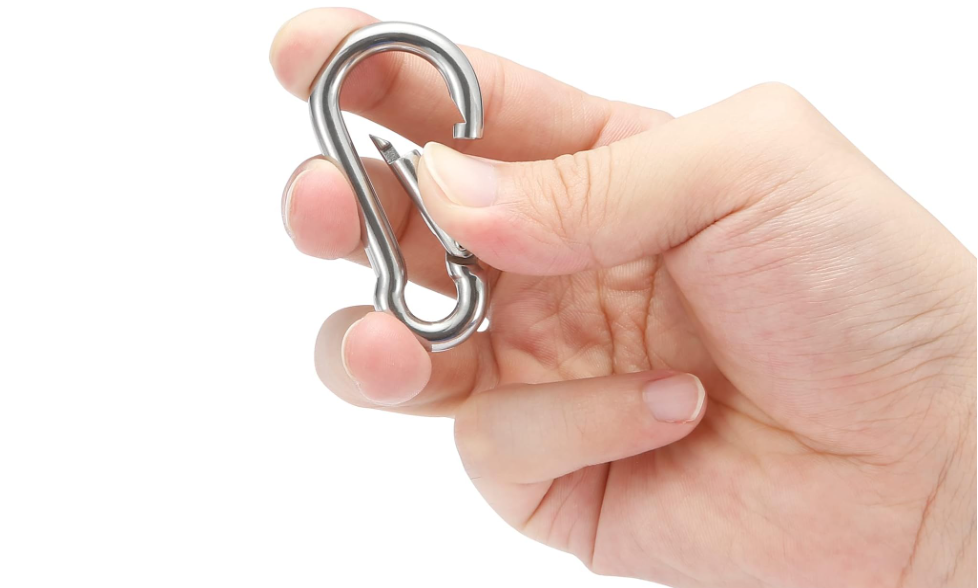
This set of six carabiners is made from 304 stainless steel, offering durability and strength. They are ideal for various applications, including outdoor activities, securing items, or as keychain clips. Their spring snap hook design ensures a secure closure.
GABBRO Carabiner Clip Heavy Duty :
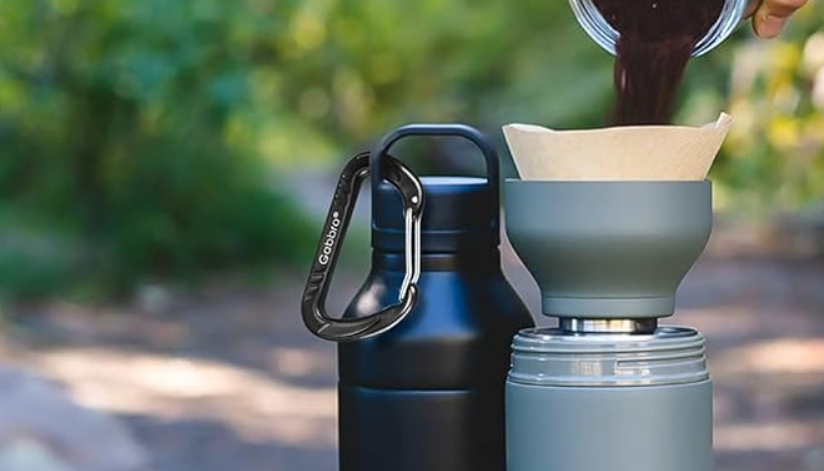
This product includes four large aluminum carabiners, each capable of supporting up to 2697lbs. They are lightweight, making them suitable for camping, hiking, or as keychain hooks. The heavy-duty design ensures reliability for securing equipment or gear.
Produxs Heavy Duty Auto Locking Carabiner Clips :
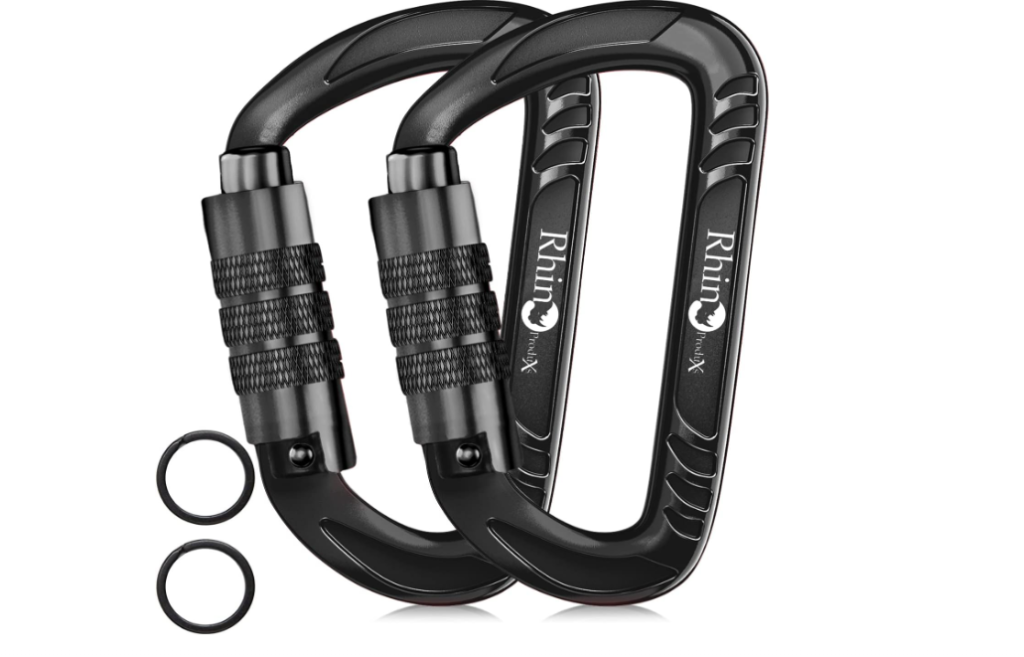
This set features two carabiners, each with a 12kN (2697 lbs) rating. They are designed for heavy-duty use, suitable for securing pets, outdoor activities, and camping. The auto-locking mechanism adds an extra layer of safety.
GEAR AID HEROCLIP Carabiner Clip and Hook (Mini) :
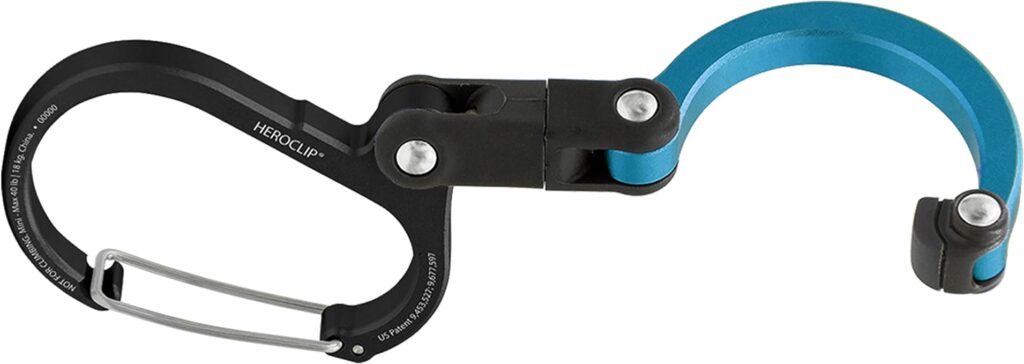
This mini carabiner clip comes with a hook, making it versatile for hanging bags, purses, lanterns, and more. It’s suitable for travel, outdoor activities, and organizing small items.
Katerk Portable Bit Holder Keychain with Black Carabiner :
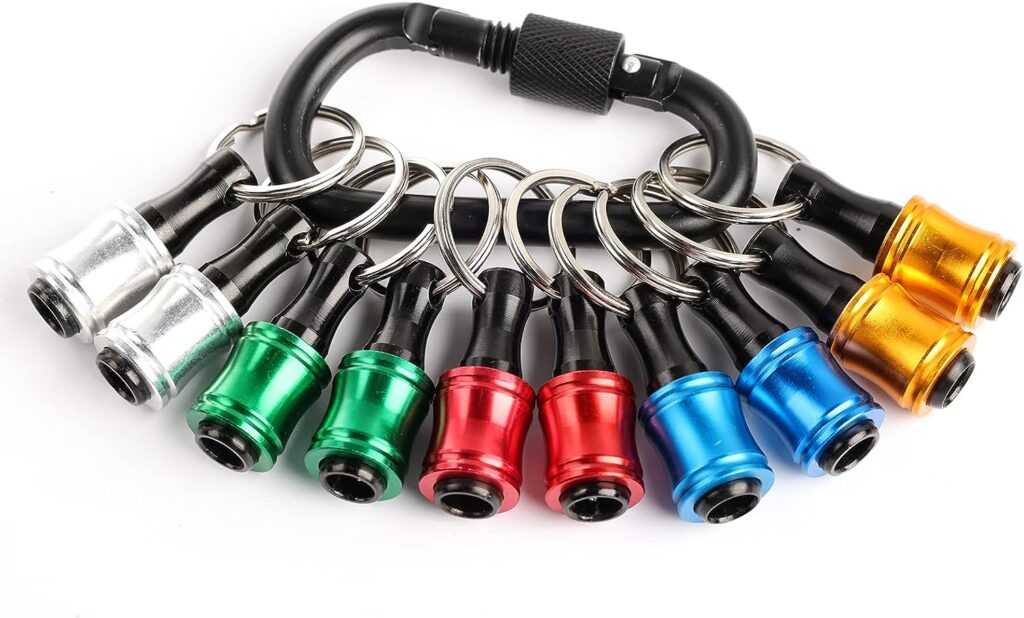
This unique product combines a bit holder keychain with a carabiner. It includes 10 pcs of 1/4 inch hex shank screwdriver bits, making it a handy tool for quick fixes and DIY projects.
RAPTIC Link & Lock for Apple AirTags :
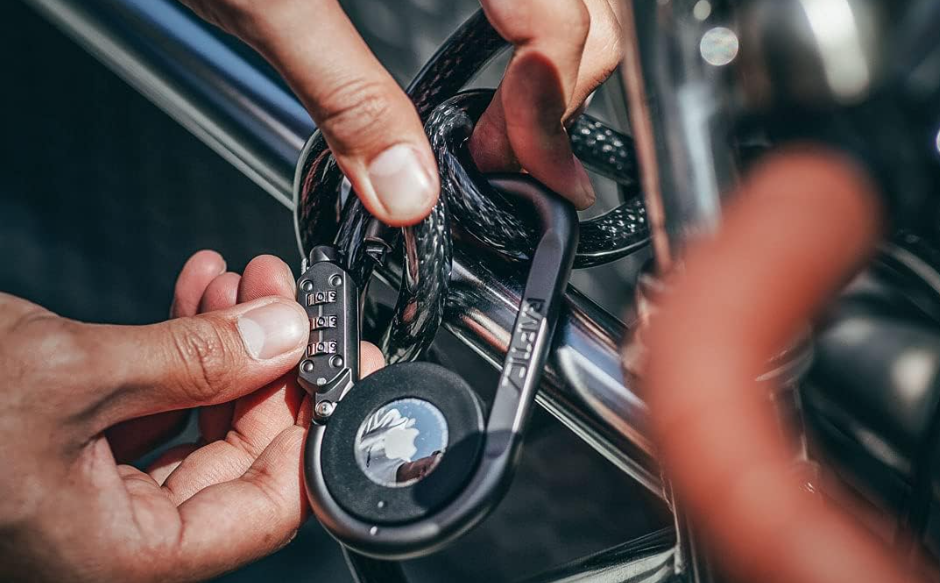
This product is a heavy-duty combination carabiner designed to secure Apple AirTags. It features a secure polycarbonate housing and a 3-digit lock, providing anti-theft protection for your AirTags.
FAQ :
Why is it called a carabiner?
The term ‘carabiner’ is derived from the German word ‘Karabinerhaken’, meaning ‘carbine hook’. It was originally used by carbine rifle soldiers (carabiniers) to attach items to their belts or equipment. The name reflects its initial military use before becoming a staple in climbing and other activities.
How do you pronounce carabiner?
Carabiner is pronounced as /ˌkærəˈbiːnər/. The emphasis is on the second syllable, with the ‘a’ sounding like ‘air’, the ‘i’ like ‘ee’, and the ‘er’ like ‘er’. It’s a three-syllable word: ‘car-a-bee-ner’.
What do you use carabiners for?
Carabiners are used for quickly and securely connecting components, especially in safety-critical systems. They are essential in climbing for attaching ropes, harnesses, and gear. Additionally, carabiners are used in sailing, caving, hot-air ballooning, construction, and various outdoor activities for securing equipment.
What is the clip that mountain climbers use?
Mountain climbers use a carabiner, a metal clip with a spring-loaded gate. Carabiners allow climbers to quickly and safely attach ropes, harnesses, and other climbing equipment. They are vital for ensuring safety and efficiency in climbing setups and maneuvers.
In the End :
Carabiners are a testament to engineering ingenuity, offering safety and functionality in various demanding environments. Whether you’re a climber, a rescuer, or someone who appreciates their practicality in everyday tasks, understanding the different types of carabiners and their specific uses is crucial for making the right choice.

